Over the years we've racked up thousands of cold, dark winter road miles to test hundreds of rear lights, from brilliant budget beamers to retina-ripping radiants that command the attention of even the most inattentive drivers. Here are some of the best rear bike lights available, with quick links to our top picks just below, along with more highly recommended options from road.cc further down the page.

Best rear bike light overall: Exposure Boost-R with ReAKT and Peloton

Best rear bike light under £20: Knog Plus Rear Light, Black

Best value rear bike light: Giant Recon TL 200 rear light

Best rear light with a camera: Cycliq Fly6 Pro Bundle

Best rear light with side visibilit: Moon Cerberus rear light

Best rear light with braking function: Lezyne Strip Pro Ai Alert 400+ Rear Light

Our top super-bright rear light recommendation: Cateye Viz 450 Rear Light

Best rear light with radar: Garmin Varia RTL515
A rear light is a legal requirement when cycling at night in the UK and many other places, and using one that's brighter than the legal minimum seems like a sensible way of helping drivers see you — or at least defanging 'but I didn't see them' excuses. The best rear bike lights have long run-times, can be seen from a good distance, and are sufficiently tough and waterproof to fend off day-to-day abuse.
Rear lights for cycling universally use one or more red light-emitting diodes (LEDs) to generate their light. LEDs are very efficient, putting out lots of light for modest electrical power, which makes them cheap to run but effective at boosting visibility. Most rear bike lights are now rechargeable, taking power from a USB source like a standalone charger or your office computer. Battery-powered lights are still available, and have their adherents who appreciate being able to revive a dead light at any filling station or corner shop.
A flashing red light says 'bike' to most drivers; we recommend using a constant light as well so your position can be easily followed. It can be hard to track the position of a flasher on an otherwise unlit minor road. Rear bike lights are increasingly intended as day-time safety lights too, with super-bright flash or pulse modes designed to be impossible for drivers to ignore. They can be very annoying to other riders though; please use them only when necessary.
While we don't deploy the famous road.cc Beam Comparison Engine to test rear lights, the procedure for reviewing rear lights is much the same as front beams round these parts. Our reviewers, with centuries of riding experience between them, use products for at least a month before writing up their findings and coming up with final verdicts. For more information on how road.cc does product reviews and how we compile our buyer's guides, head over to this article.
If you want to see our top picks of back, front and combined lights all in one place, you can also check out our overall guide to the best bike lights. Just looking for a front beam? Head on over to our guide to the best front bike lights instead.









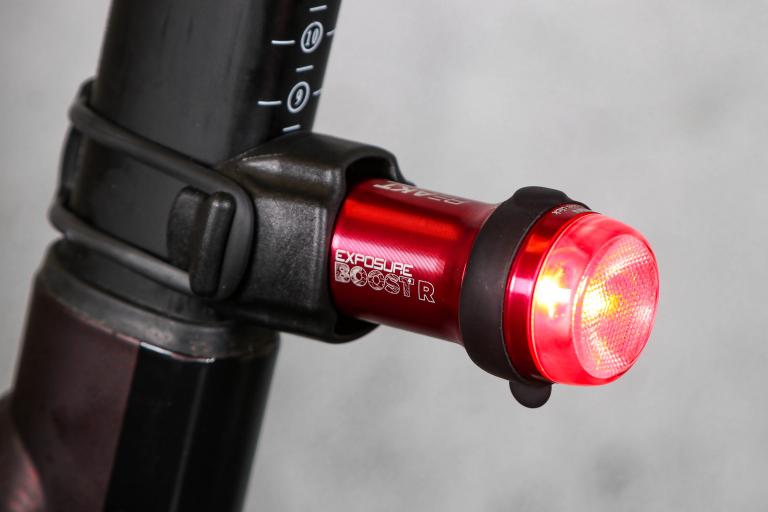

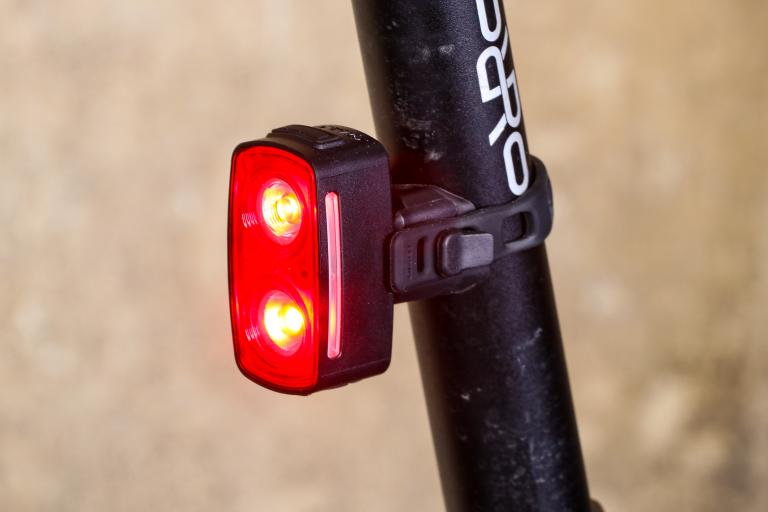
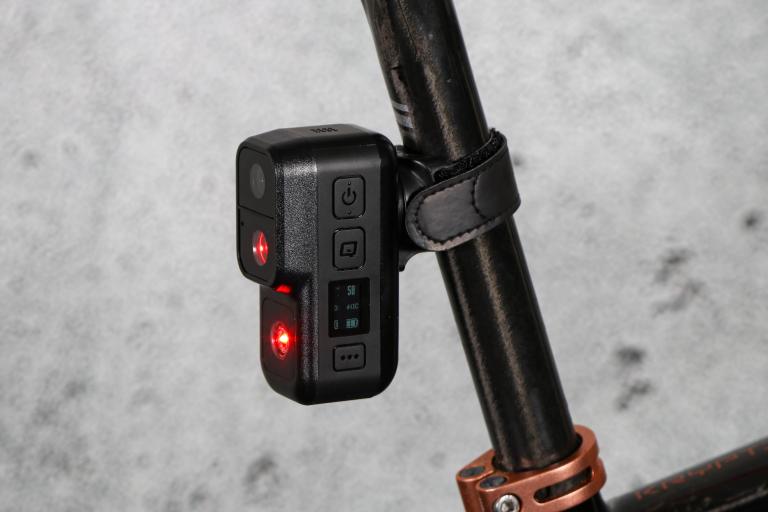
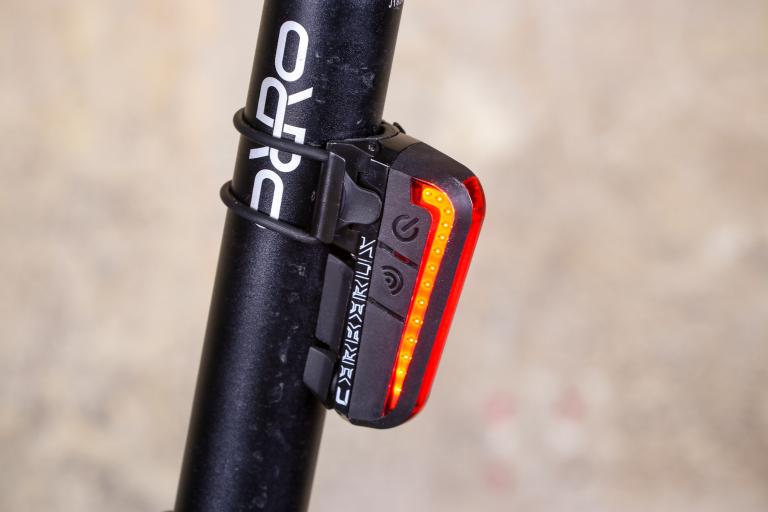
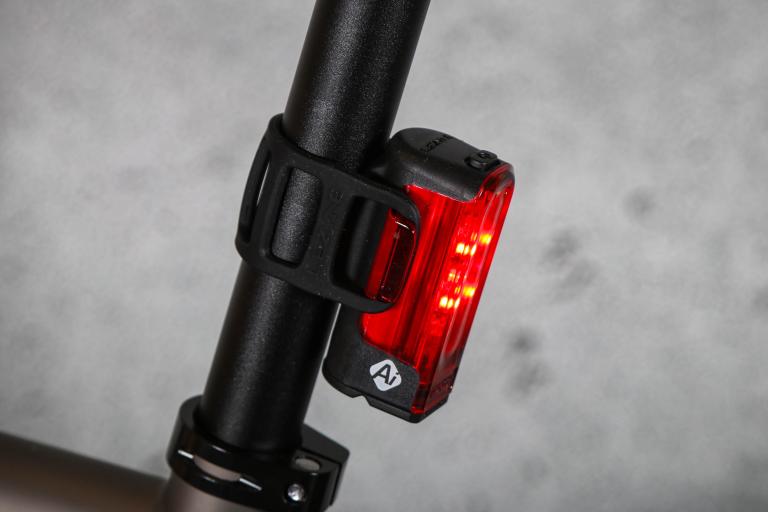

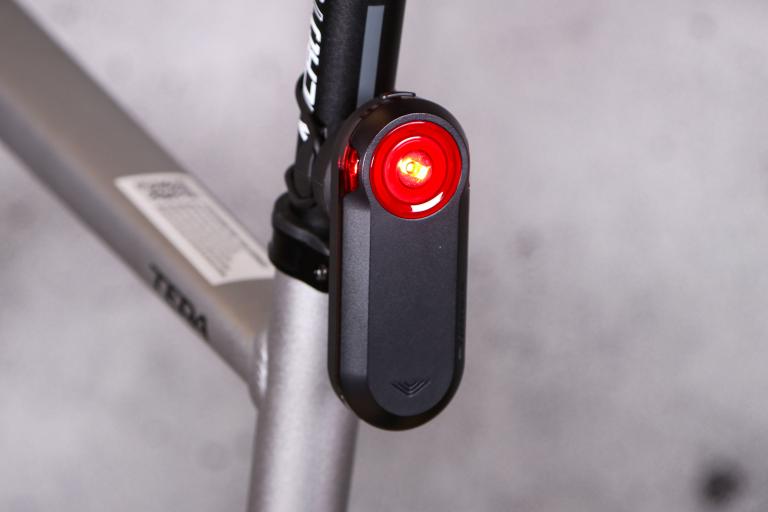
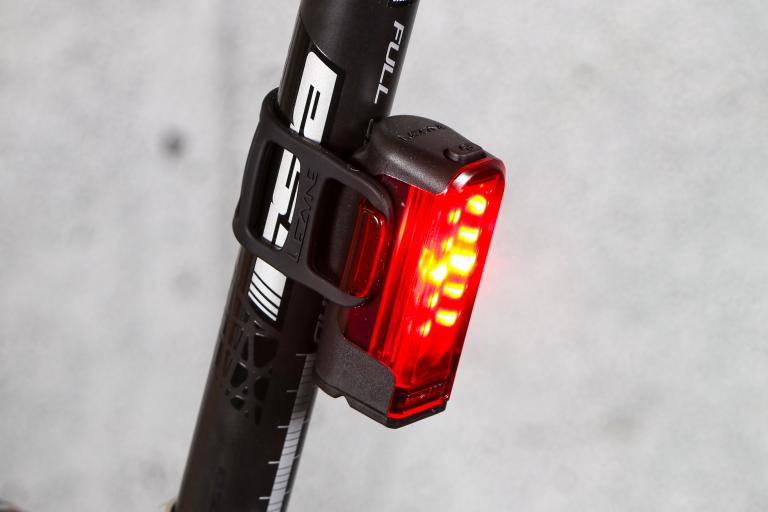
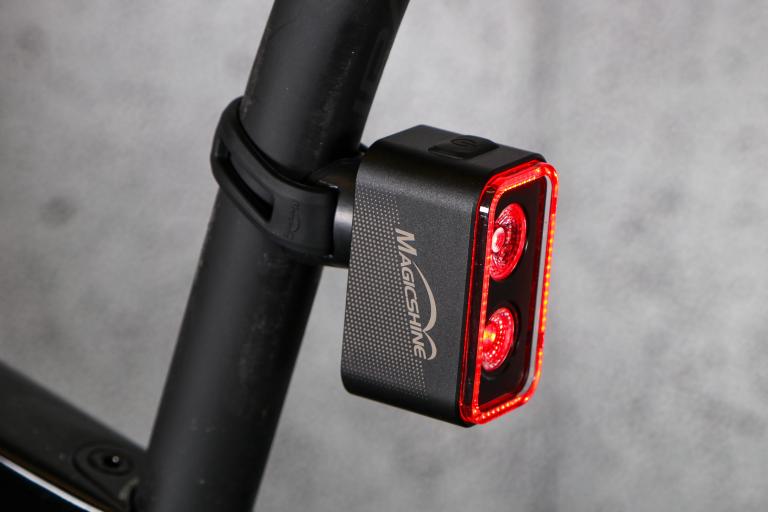
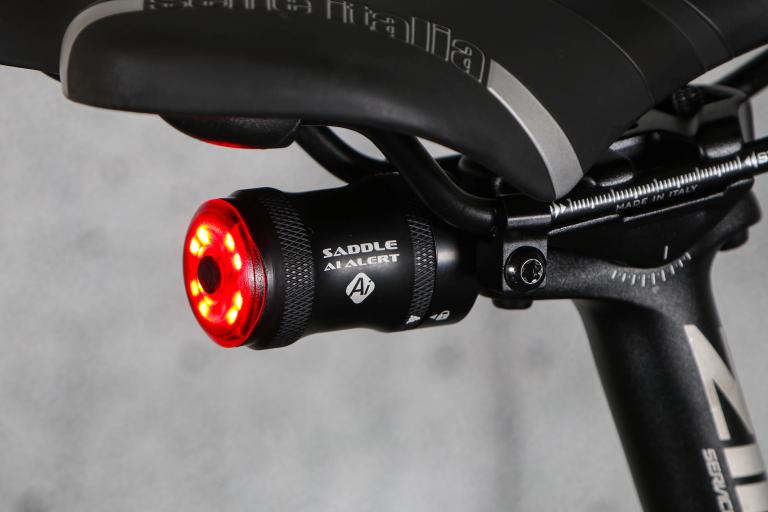
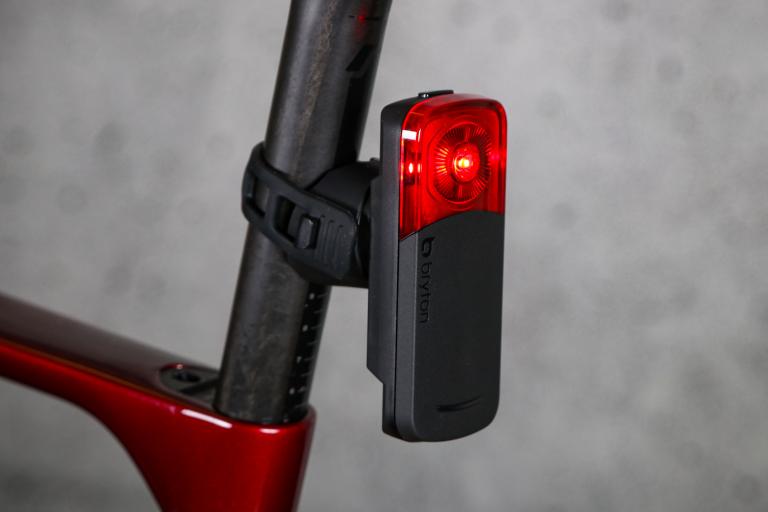
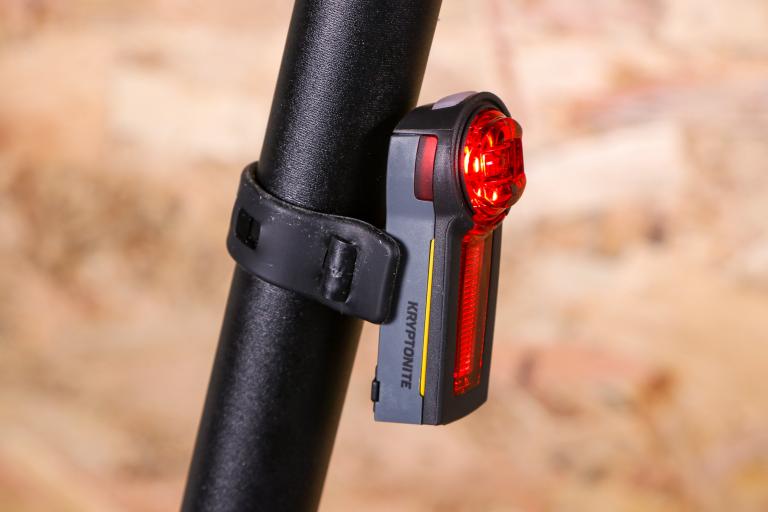
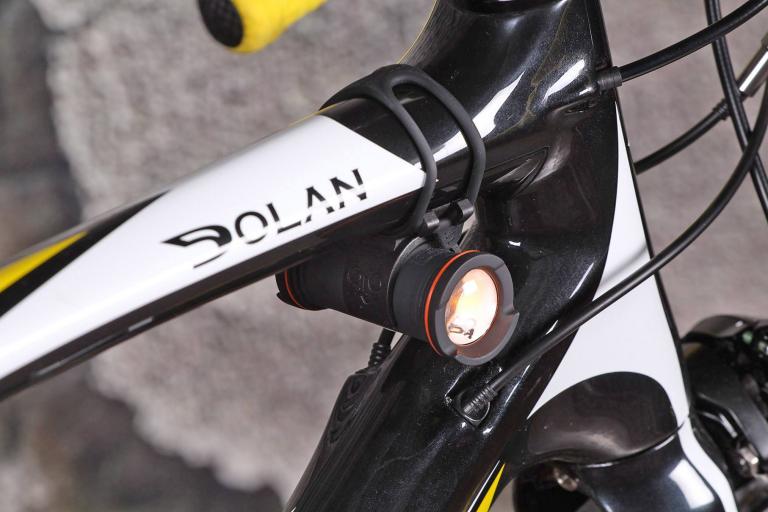
Add new comment
11 comments
Surely an honourable mention is due to the Trek Flare RT? Tiny, bright, decent battery and remote controlled from your head unit with plenty of mounting options.
Its probably the most common light I see on "proper" roadie bikes.
https://road.cc/content/review/trek-commuter-pro-rtflare-rt-light-set-30...
I'd put in a nomination for the Cateye Viz range.
https://road.cc/content/review/cateye-viz-100-rear-bike-light-287697
https://road.cc/content/review/cateye-viz-150-rear-bike-light-288929
I have both the 100 and 150 (currently £15.87 at Halfords) and they are great.
Some people may not like the micro-USB charge port, it's a bit of a fiddle for 15 seconds once a week, but not a dealbreaker for me.
It would be nice if there were more lights on the market which mounted somewhere other than on the seatpost. Not all of us have half a yard of seatpost poking out of the frame, and if you carry a saddlebag seatpost mounting is not an option and it can be really difficult to find a decent quality rear light that mounts anywhere else. More mudguard or seat stay mounted lights would be great.
This can work - might need longer bolts.
https://www.sjscycles.co.uk/lighting-spares/madison-universal-light-moun...
These are all shown mounted to the seatpost. That's not always an option for me and I have one of these to mount a rear light horizontally: https://road.cc/content/review/restrap-light-mount-305547. It's hard to tell if that will still be possible with any of these lights here and I'd be grateful for any advice.
I've found the latest chilli tech rear light / camera combo to be excellent for the price. It is now £99, which I still think is good value, but I was fortunate to get it at £69 at launch.
https://www.chilli-tech.com/action-cameras/cameras-for-cyclists/rear-cam...
Lezyne PRO 400+ REAR. I run daylights and this goves me 60 hours super bright flashing. Heading into to year 2, Was a fan of seesence but not their durability, this is amazing
USB-C is now a must, when will we see more manufacturers implementing this...
But why I hear you cry..
1) No right or wrong way up so no bent connections
2) Higher amp bandwidth means faster charging
3) future proof (until the next better thing sticks at least)
Amen. At this point it's a no-brainer. It would be helpful if the charging port could be in the first line of the review, could save a lot of wasted reading!
USB C is a bit of a mixed bag, sometimes it means what you say, like higher charging current and quicker charging times but all too often USB C charging protocols aren't observed so none of those benefits are actually available, and in many cases a compliant USB C charger won't charge your light at all. The USB C plug is certainly better than micro usb though.
Agreed. I won't consider any product that doesn't use USB-C anymore. I usually have a USB-C cable and a battery bank in my toolkit which will charge most of my kit (I still have a few older lights that use USBmicro) including my phone.
I chose not to buy Exposure lights because they were using a proprietary charger at the time, glad to see they've now switched. Theres n reason for anybody to be using micro.